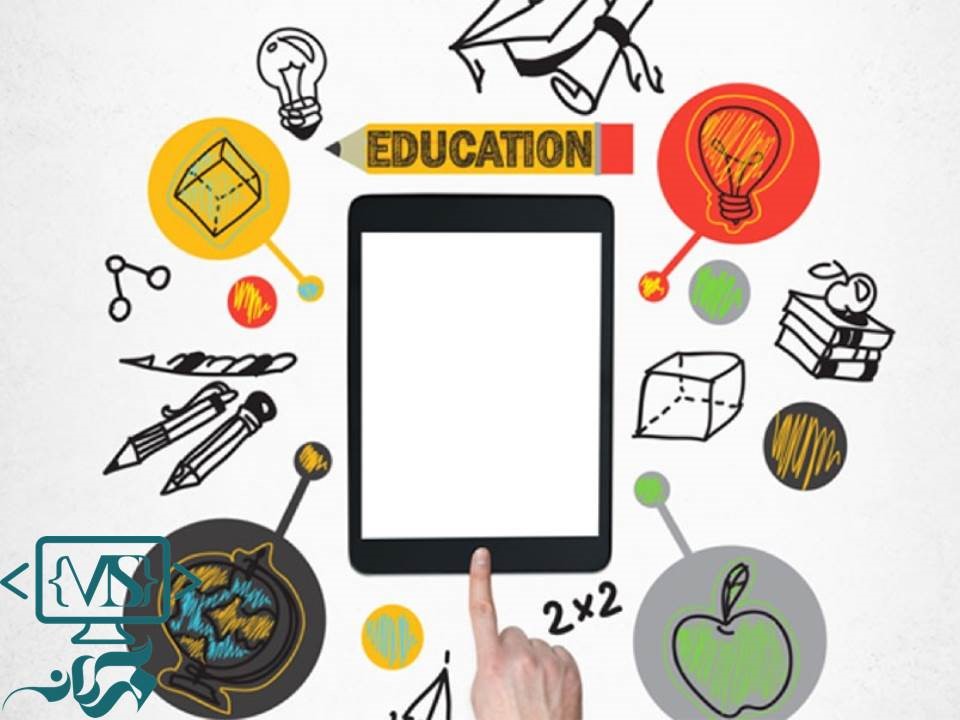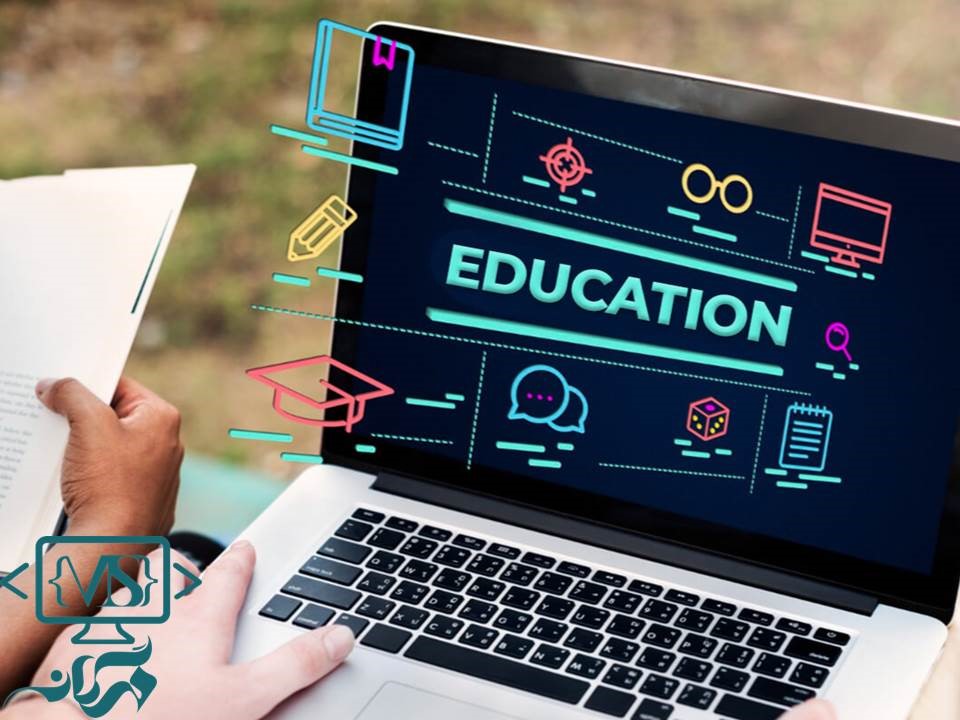
Development of Electronic Learning Software
Education has always been a concern of society, providing individuals with the knowledge and skills they need to make progress in the world. Over the years, education has undergone major transformations, from traditional classrooms to online platforms. One of the most vital advancements is the development of electronic learning software. Here, we will explore some aspects of electronic learning software and its profound impact on education which is practical for all:

What is Electronic Learning Software?
Electronic learning software, also known as e-learning software, refers to digital tools and platforms designed to facilitate learning and education. These programs include a wide range of technologies, including interactive multimedia, virtual reality, and artificial intelligence.
Electronic learning software offers a flexible learning experience, allowing students to access educational resources anytime from anywhere. It provides a dynamic and interactive learning environment, fostering engagement and improving retention rates.
What are the Electronic Learning Software Benefits?
Electronic learning software brings numerous benefits. Firstly, it enables students learn at their own pace and engage with content that suits their individual learning styles. Additionally, electronic learning software promotes accessibility and inclusivity. Students with disabilities or those in remote areas can access quality education through digital platforms. Furthermore, electronic learning software provides real-time feedback and assessment, allowing educators to track students' progress and identify areas that require additional support.
s
What is the Impact of Electronic Learning Software?
Electronic learning software has prompted a shift from the traditional teacher-centered approach to a learner-centered model. The traditional classroom, with its rigid structure and fixed curriculum, is being replaced by flexible and adaptive digital learning environments. Electronic learning software fosters active participation and collaboration, empowering students to take ownership of their education. Moreover, it expands the reach of education over physical classrooms, reaching students in remote areas and providing them with equal opportunities for learning.
What is the process of Electronic Learning Software?
Developing this software requires careful planning and consideration some different factors. There is a way to develop educational software as following:
- Identify the target members
Determine the age group, educational position, and specific requirements of the users who will benefit from the software. This will help in designing applicable content and features.
- Define learning objects and goals
Easily define the literacy issues that the software aims to achieve. This will guide the development process and ensure the software aligns with educational preferences.
- Conduct exploration
Study the educational software to understand what works well and what can be better. Analyze user feedback and consider incorporating innovative features to enhance the literacy experience.
- Design the user interface
Produce an intuitive and user-friendly interface that is visually charming and engaging. Consider using multimedia elements like images, videos, and interactive robustness to enhance literacy.
- Develop content
Produce educational content that is instructional, engaging, and aligned with the literacy objects in electronic learning. Include interactive exercises, quizzes, and assessments to support literacy.
- Choose applicable technology
Select the applicable technology and development tools grounded on the software conditions. Consider factors like scalability, compatibility across devices, and ease of conservation.
- Test and fix errors
Conduct thorough testing to ensure the software functions rightly and is free from bugs. Perform user testing to gather feedback and make necessary advancements.
- Apply analytics
Integrate analytics tools to track user engagement, progress, and performance. This data can help learners cover progress and identify areas for enhancement though electronic learning.
- Support users and updates
Offer user support and address any issues instantly. Regularly modernize the software with new features, content, and advancements grounded on user feedback and arising educational trends.
- Evaluate and reiterate
Continuously evaluate the effectiveness of the software through user feedback, data analysis, and educational exploration. Use this feedback to make iterative advancements and updates to enhance the literacy experience.
Challenges and Considerations in Implementing Electronic Learning Software
Implementation of Electronic learning software comes with challenges and considerations. One of the primary concerns is the digital divide, as not all students have access to technology and internet. Another challenge is the need for proper training and support for educators. Teachers must be equipped with the skills and knowledge to effectively utilize electronic learning software in their classrooms. Additionally, there are concerns regarding data privacy and security, as electronic learning software collects and stores vast amounts of student data.
How to support Electronic Learning Software?
Effective training and support for educators are crucial for the successful integration of electronic learning software. Institutions should provide comprehensive training programs that cover not only the technical aspects of using the software but also pedagogical strategies for effective online teaching. Ongoing support should be available to address any challenges or questions that educators may have. Peer networks and communities of practice can also be established to facilitate collaboration and knowledge sharing among educators using electronic learning software.

That is to say, the development of electronic learning software has revolutionized education, enabling personalized learning experiences, expanding accessibility, and transforming traditional education systems. Todays, we can see the success stories of schools and institutions that have embraced electronic learning software.
Leave a comments